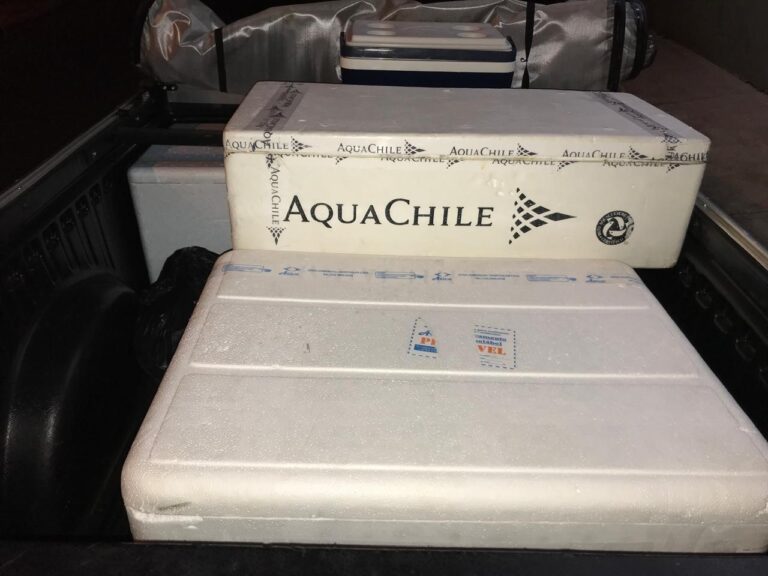The Art and Science of Poster Printing: A Comprehensive Guide
Poster printing is an essential part of visual communication, whether you’re promoting a business, celebrating an event, or showcasing artwork. This guide explores the intricate details of poster printing, from design to production, helping you create impactful posters that effectively convey your message.
Understanding Poster Printing
Poster printing involves producing large-format prints on various materials, typically for advertising, informational, or decorative purposes. The process combines artistic creativity with technical expertise to ensure high-quality results.
Choosing the Right Poster Size
The size of your poster can significantly impact its effectiveness. Common sizes include:
Small (11″ x 17″): Ideal for flyers and small-scale promotions.
Medium (18″ x 24″): Suitable for events and announcements.
Large (24″ x 36″): Great for high-impact advertising and art displays.
Selecting the appropriate size depends on your content and where the poster will be displayed. Larger posters catch more attention from a distance, while smaller ones are more manageable for indoor spaces.
Selecting the Material
The choice of material affects the poster’s durability, appearance, and cost. Common materials include:
Paper: Affordable and suitable for short-term use.
Vinyl: Weather-resistant, ideal for outdoor use.
Canvas: Adds a premium touch, often used for art reproductions.
Foam Board: Rigid and sturdy, great for presentations and displays.
Consider the poster’s purpose and location when choosing the material. For outdoor use, materials like vinyl and weatherproof paper are preferable, while canvas offers a high-end look for indoor exhibitions.
Designing Your Poster
Design is crucial in Poster printing. A well-designed poster should grab attention, convey the message clearly, and be visually appealing. Key design elements include:
Typography: Choose fonts that are readable from a distance. Use bold or large fonts for headlines and keep body text concise.
Color Scheme: Use contrasting colors to make text and images stand out. Consider color psychology to evoke the desired emotions.
Images and Graphics: High-resolution images and graphics are essential for clarity and impact. Ensure they are relevant to the content and not overly cluttered.
Layout: Organize text and images in a balanced way. Follow the “Z” pattern, where viewers’ eyes naturally move from the top left to the bottom right.
Printing Techniques
Different printing techniques affect the quality and finish of your poster. Common methods include:
Offset Printing: Ideal for high-volume printing. It offers excellent color accuracy and detail but requires setup costs.
Digital Printing: Best for short runs and variable data. It’s cost-effective and allows for quick turnaround times.
Screen Printing: Suitable for posters with fewer colors and offers vibrant results. It’s often used for custom or artistic prints.
Each method has its pros and cons, so choose based on your budget, quantity, and quality requirements.
Proofing and Quality Control
Before printing the final batch, proof your design to catch any errors or inconsistencies. Request a sample print to check color accuracy, image clarity, and overall quality. Make necessary adjustments based on the proof to ensure the final product meets your expectations.
Budgeting for Poster Printing
The cost of poster printing varies depending on size, material, quantity, and printing technique. To manage your budget effectively:
Compare Quotes: Get quotes from multiple printers to find the best value.
Consider Volume Discounts: Larger quantities often reduce the cost per unit.
Factor in Additional Costs: Include expenses for design, proofing, and shipping.
Environmental Considerations
Sustainability is increasingly important in printing. Opt for eco-friendly materials and printing practices to minimize environmental impact. Some options include:
Recycled Paper: Made from post-consumer waste and reduces deforestation.
Soy-Based Inks: Lower in volatile organic compounds (VOCs) and less harmful to the environment.
Energy-Efficient Printing: Reduces the carbon footprint of the printing process.
Distribution and Display
Effective distribution and display maximize the impact of your poster. Consider these strategies:
Target Audience: Place posters where your target audience is most likely to see them.
High-Traffic Areas: Locations such as community boards, public transport stations, and event venues can attract more attention.
Proper Mounting: Use appropriate methods to ensure your poster stays in place and maintains its appearance.
Measuring Poster Effectiveness
To evaluate the success of your poster, track its performance through:
Engagement Metrics: Monitor responses, inquiries, or sales linked to the poster.
Feedback: Collect feedback from viewers or recipients to gauge their perception and effectiveness.
Visibility: Assess how well the poster is displayed and whether it stands out in its environment.
Conclusion
Poster printing is a powerful tool for communication and promotion, combining art with technical precision. By carefully considering design, material, printing methods, and distribution, you can create posters that not only capture attention but also deliver your message effectively. Whether for business, events, or personal use, understanding the nuances of poster printing ensures your prints are impactful and memorable.



